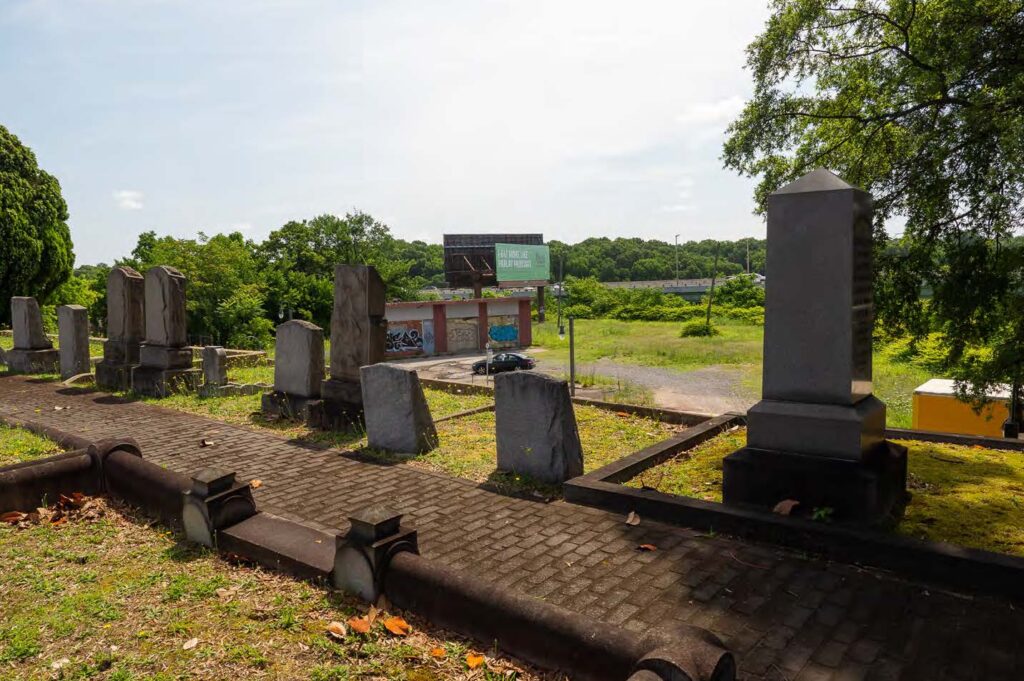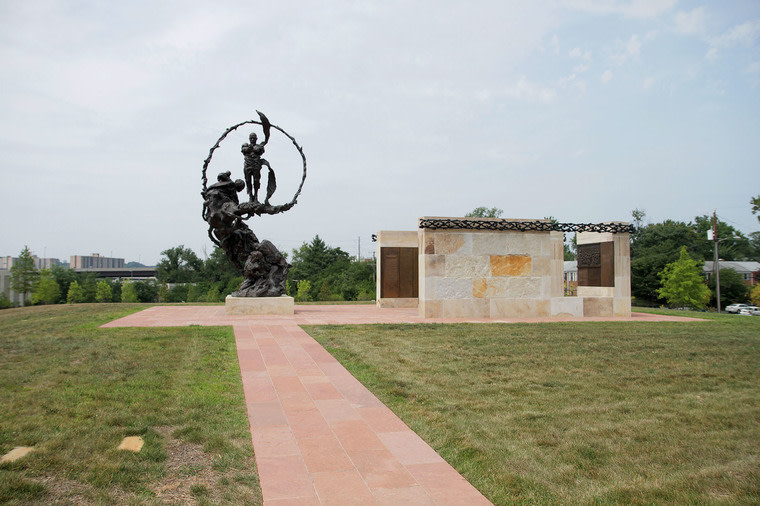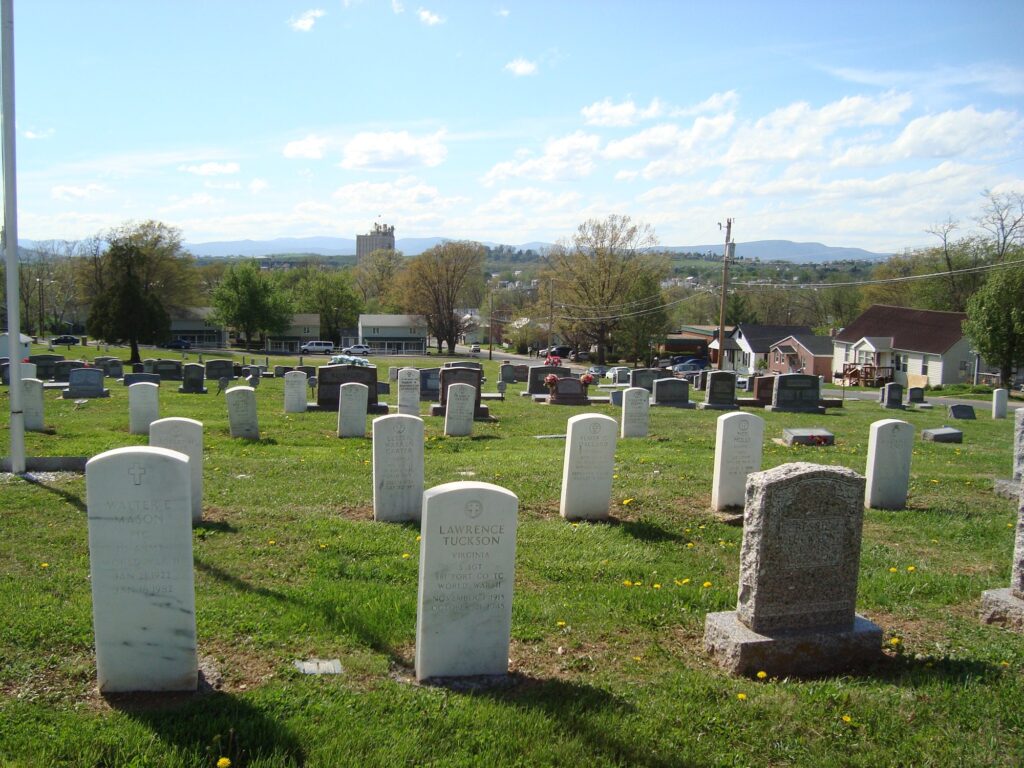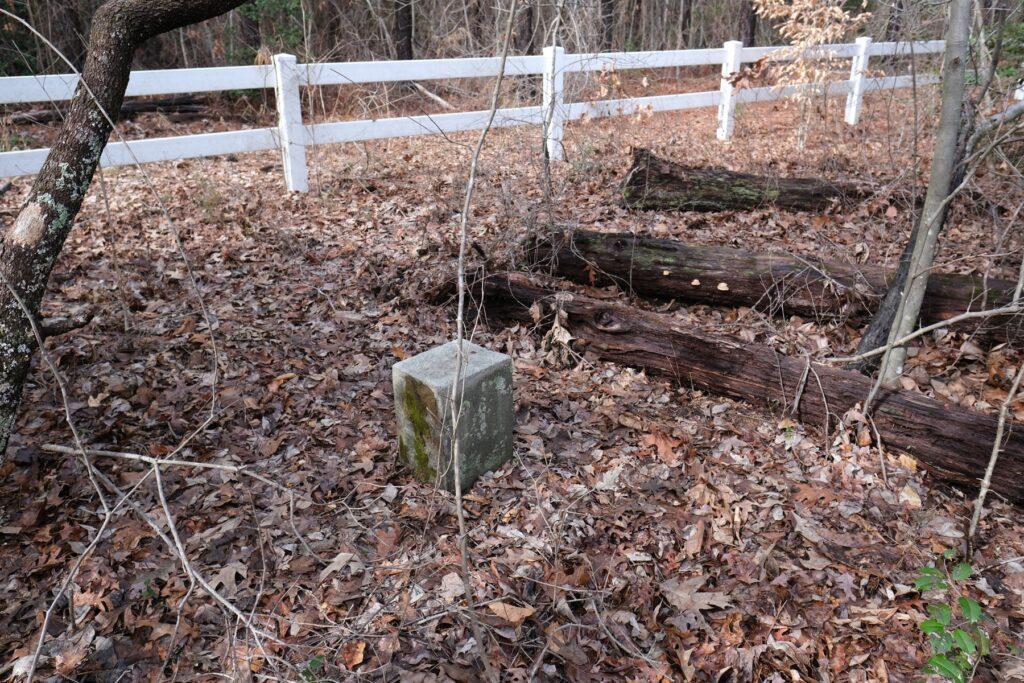Editor’s Note: This post on Virginia’s Historic African American Cemeteries has been corrected to clarify that the National Register nomination for the Shockoe Hill Burying Ground Historic District includes the Shockoe Hill African Burying Ground. Many thanks to Lenora McQueen and Lena MacDonald for this important clarification.
Historic African American cemeteries are receiving long-overdue attention from government officials and historic preservationists for their transcendent importance in the history of African American life. Unfortunately, a common misconception persists that cemeteries are not eligible for the National Register. Virginia has demonstrated that numerous types of historic cemeteries can be listed in the National Register. These include sites that are significant for their landscape design and funerary markers to those with unmarked graves that tell a story of historic neglect and erasure.
The challenge of evaluating cemeteries is rooted in the provision of “Criteria Considerations” that were added to the National Register program’s federal regulations in 1976. Criteria Consideration D states that “ordinarily” cemeteries “shall not be considered eligible for the National Register.” However, such a property will qualify if it “derives its primary significance from graves of persons of transcendent importance, from age, from distinctive design features, [or] from association with historic events.”
More simply stated, cemeteries can be listed in the National Register in much the same way as any historic property – due to age, design, historic events and/or association with historically important individuals. The criteria consideration exists merely to emphasize that a cemetery is not eligible for listing simply because it is a cemetery. This qualification works in the same way as, for example, how a store, farm, or commercial building is not eligible for listing simply because of the function(s) it serves.

An example that demonstrates the range of values that can be recognized by National Register listing is the Shockoe Hill Burying Ground Historic District in Richmond, which includes the Shockoe Hill African Burying Ground, Hebrew Cemetery, and Shockoe Hill Cemetery. Both marked and unmarked graves are included in the 43-acre district. While Hebrew Cemetery and Shockoe Hill Cemetery feature funerary art and formal landscape designs, the Shockoe Hill African Burying Ground has been damaged repeatedly by inappropriate incursions such as road and railroad corridors and twentieth-century redevelopment atop the burial areas. Such a fate is not unusual for African American cemeteries, regardless of age, because government officials and the private sector historically* took few measures to protect them.

Another example of a Black cemetery that was almost erased by inappropriate redevelopment is the Civil War-era Contrabands and Freedmen’s Cemetery in Alexandria. Today, it is recognized for its national significance as the subject of an 1864 civil rights protest and petition by United States Colored Troops (USCT), who demanded their fellow soldiers who had been killed in action be interred in newly created national cemeteries. The cemetery also is important for its establishment by the U.S. government as a wartime burial place for self-emancipated African Americans who fled slavery. Today, a memorial to these individuals occupies a concrete pad where a gas station once stood within the cemetery’s boundaries. The juxtaposition of different periods of active use, erasure and redevelopment, and current memorializing do not detract from the cemetery’s historic character. Rather, these aspects are part of the essence of the cemetery’s historical importance not only in Virginia, but nationally.

Prior to the Civil War, urban areas such as Richmond included robust communities of free people of color as well as enslaved African Americans. Black churches, fraternal orders, and benevolent societies established cemeteries such as those in Barton Heights. After the Civil War, African Americans seized opportunities to establish their own burial grounds where they had exclusive control over the funerary practices and maintenance of graves. A terrific example is the Newtown Cemetery in Harrisonburg, founded in 1869 by emancipated African Americans. The cemetery’s interments include early community leaders and a small number of USCT veterans.
In rural areas, Black churches often functioned as the nexus of Reconstruction Era communities. In addition to hosting worship services, Black congregations often sponsored schools in Virginia’s racially-segregated public school system and established cemeteries. Examples of rural church/school/cemetery complexes that have been nominated to the National Register include the Averett School and Wharton Memorial Baptist Church and Cemetery and the Oak Grove Baptist Church Historic District.

Oak Grove Baptist Church’s cemetery also illustrates the immense information potential that Black cemeteries contain. One of the cemetery’s notable attributes is its array of veterans’ grave markers and how these illustrate the evolution of the standardized tablet-style grave marker that the U.S. government has provided for military veterans since the Civil War. Another cemetery that was listed, in part, for its information potential is the Hickory Hill Slave and African American Cemetery. Known burials here span from about 1820 to at least 1938. A vibrant descendant community has remained in the vicinity and preserved the memory of those interred here. From the 1990s through the early 2000s, the descendants successfully argued for the cemetery’s preservation as various redevelopment proposals were considered. The group also spearheaded the cemetery’s successful nomination to the National Register in 2020. Through their efforts, Hickory Hill Slave and African American Cemetery is recognized for its information potential regarding the interments of enslaved persons, the transition to freedom, continued use into the 1930s, and unbroken family ties that have persisted to the present day.
Want to learn more? The Department of Historic Resources hosts a webpage devoted to Historic African American Sites, which features approximately 350 National Register nominations for Virginia properties. These not only showcase the immense depth and breadth of African American contributions to the Commonwealth, but provide useful models for nominating similar properties across the nation.
Lena Sweeten McDonald has been the National/State Register Historian for the Virginia Department of Historic Resources since 2011. Prior to that, she worked for fifteen years as a consultant for various cultural resources management firms and completed a variety of projects across the country. Ms. McDonald earned a B.A. in history and political science at Western Kentucky University and an M.A. in public history at Middle Tennessee State University. Her research interests include post-World War II architecture, social justice and civil rights movements of the twentieth century, and integrating historic preservation with landscape and natural resource conservation.


